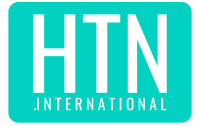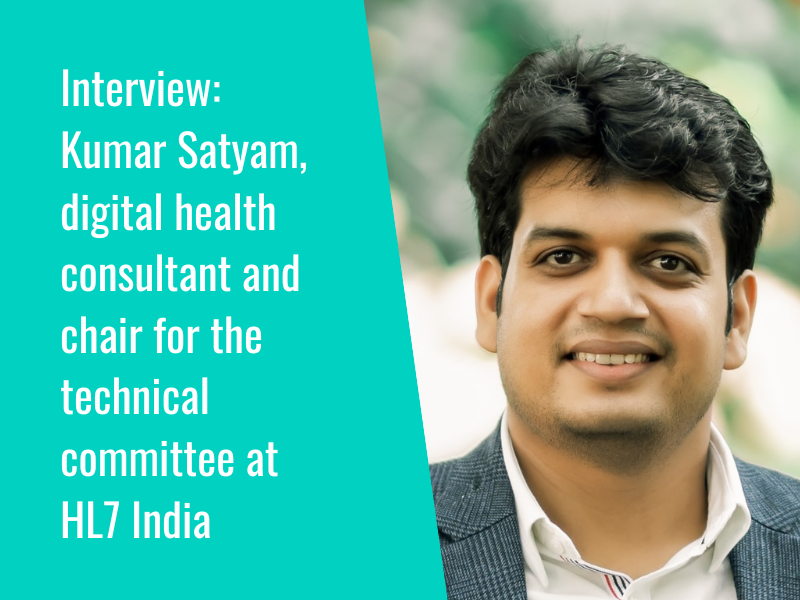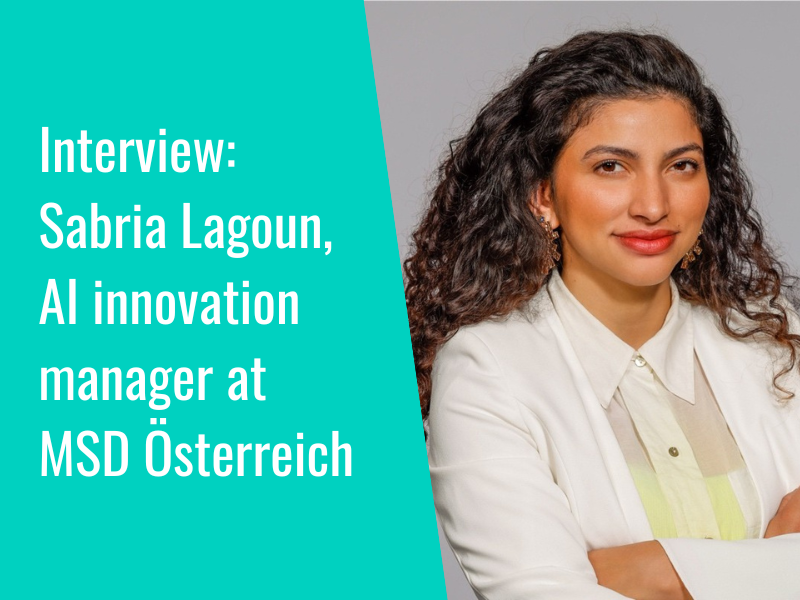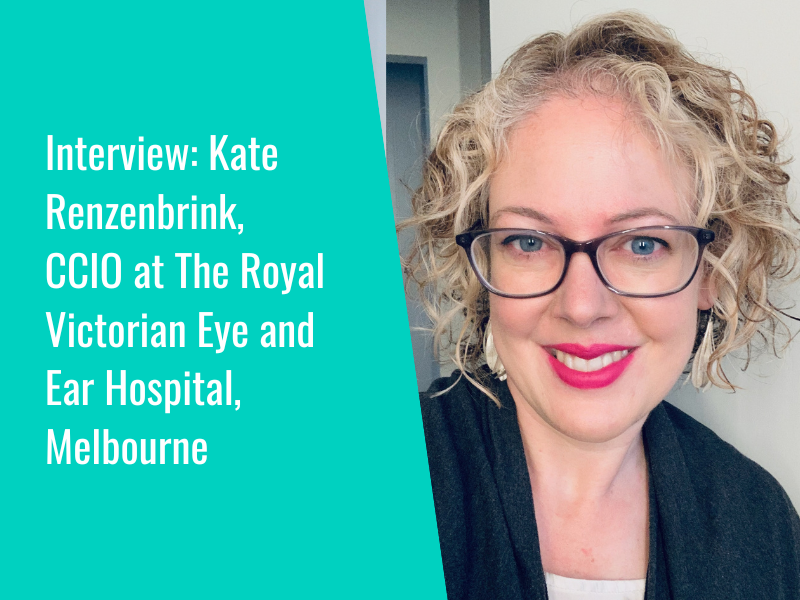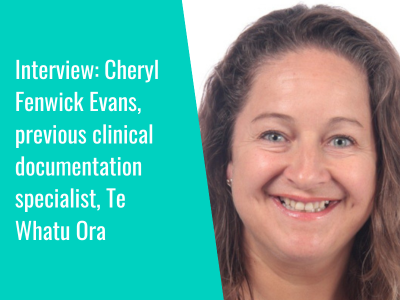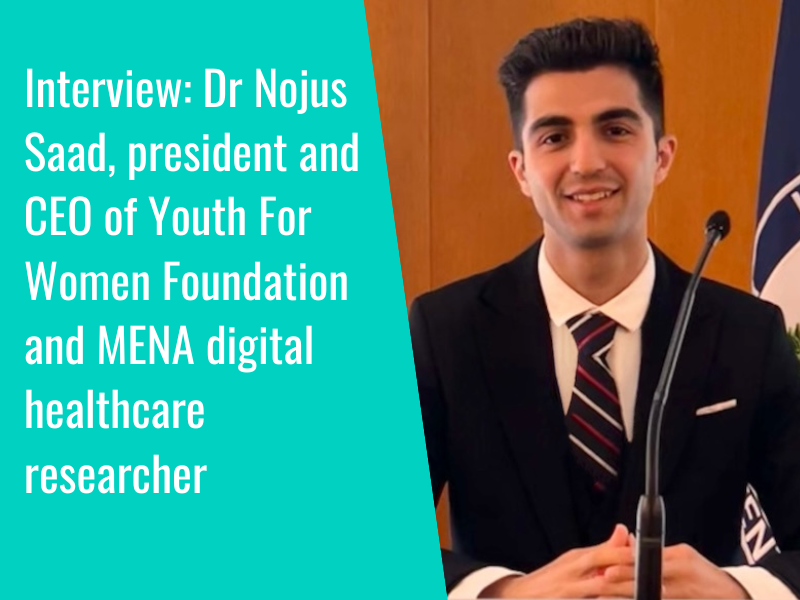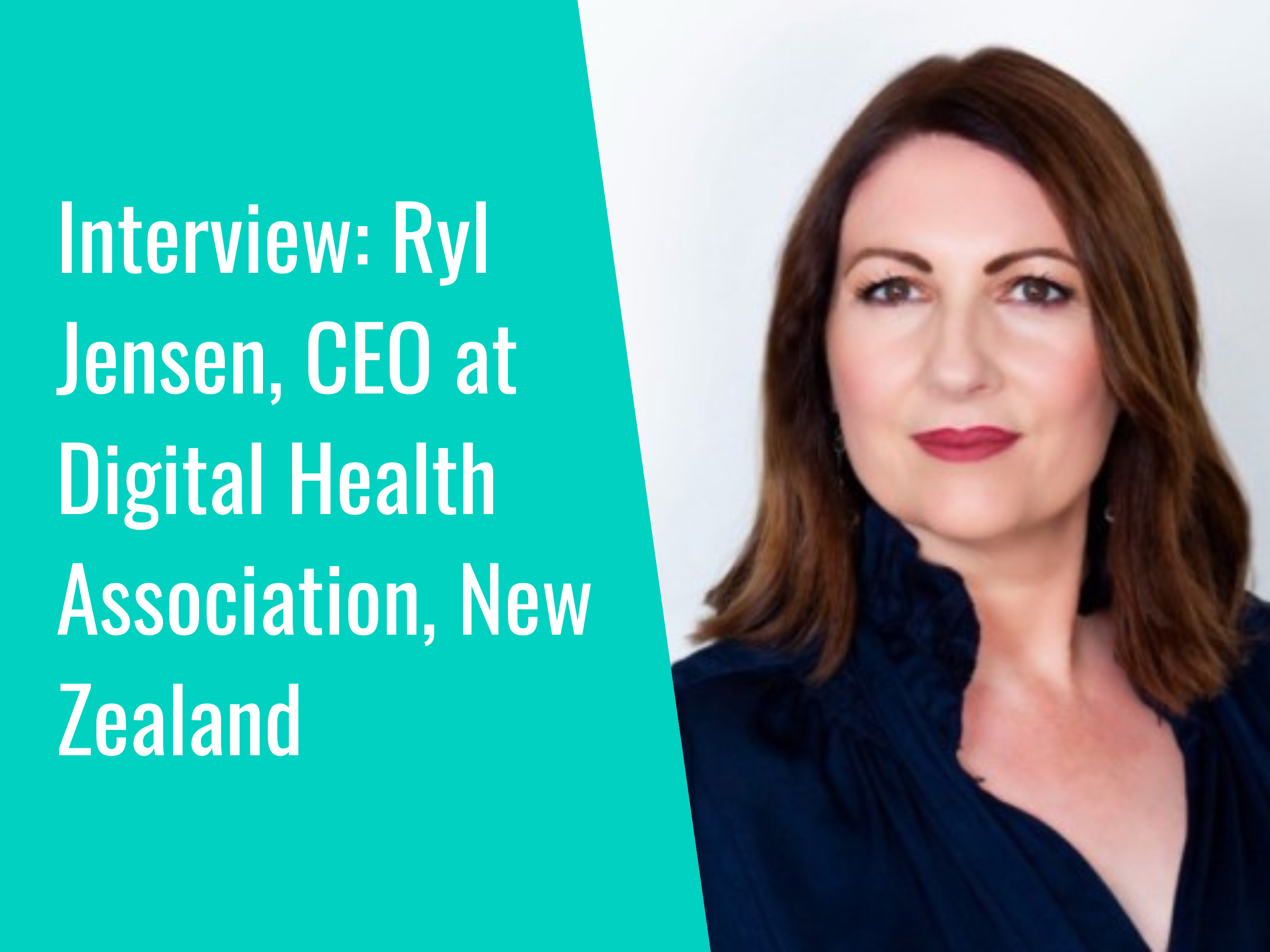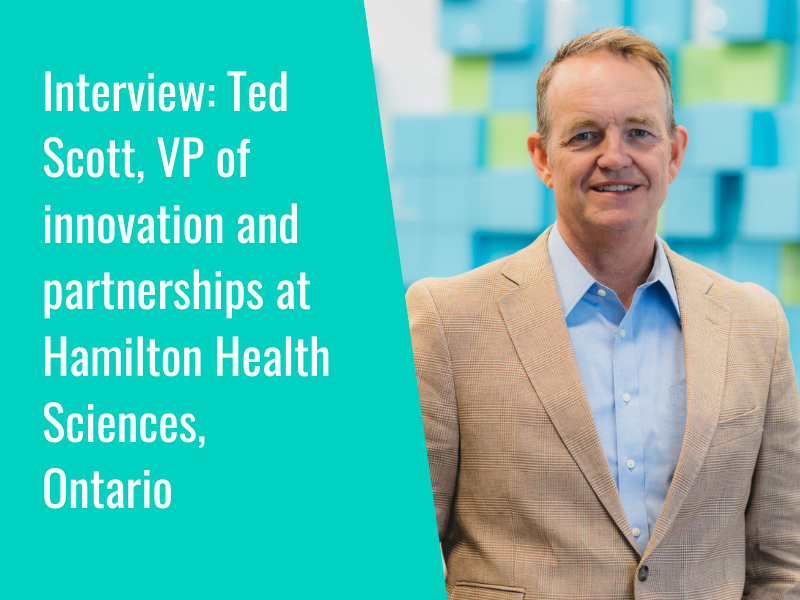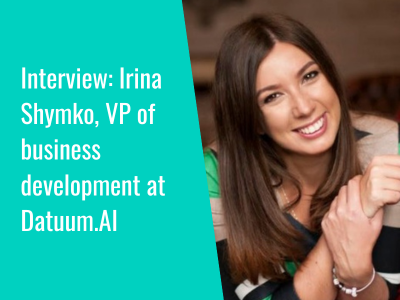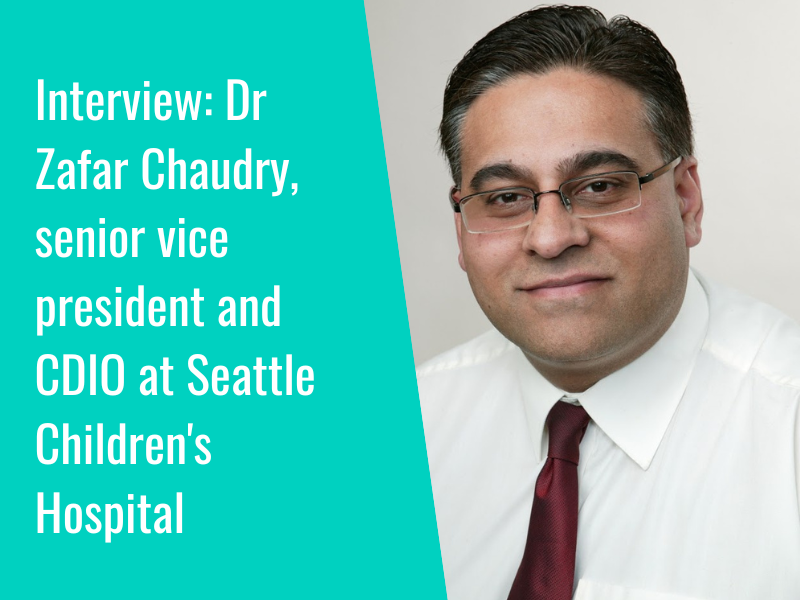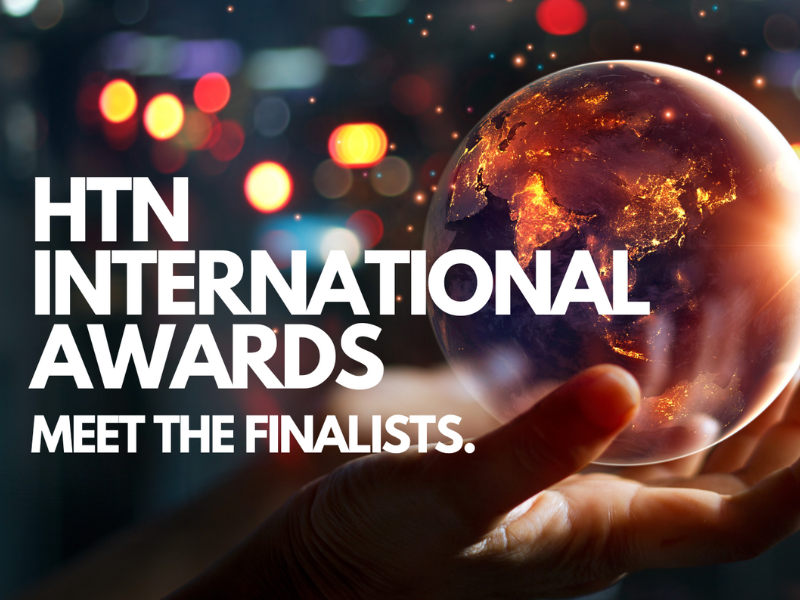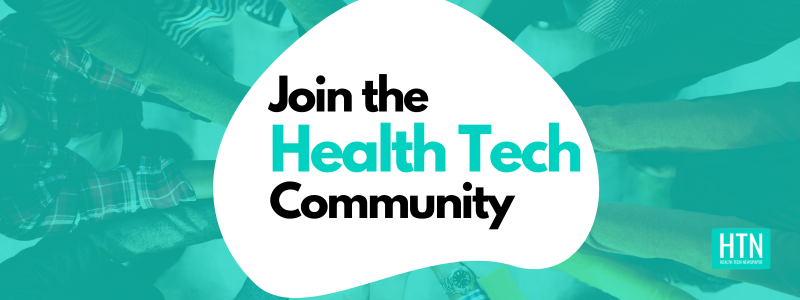HTNI recently caught up with Benedict Tan, group chief digital strategy officer and chief data officer for SingHealth – the largest public healthcare cluster in Singapore – and a member of the board of directors at Healthcare Information and Management Systems Society (HIMSS). Benedict shared with us his vision for digital leadership, some of the outcomes and successes of SingHealth’s implementation of digital solutions such as a new bed management system, and his priorities around migrating to a new EMR system.
Offering a brief introduction to his role and background, Benedict told us how he spent his early career years with the Ministry of Health and later as a consultant in the private sector, prior to joining SingHealth as a project manager in 2002. He was promoted over the years to his current position in 2019, where his focus is on “the planning and shaping process; on how we use digital technologies to provide patients with compassionate, personalised care at greater convenience and ease, and having their medical needs tended to in the comfort of their own home and community”.
As group chief digital strategy officer, Benedict has a few teams reporting to him – Office of Academic Informatics, Office of Insights and Analytics, Office of Cyber and Information Security, Office of Digital Empowerment, Office of Digital Strategy and Office of Data and Digital Governance.
Digital projects at SingHealth
Sharing insight into how he approaches digital projects at SingHealth, Benedict explained that “most involve a fair bit of process redesign; and when you do process redesign you start with the process, the goal and objectives, and then you introduce the technologies as enablers”.
It can be challenging, he continued, as “you have people sitting there looking at different parts of the elephant, when you’re trying to get them to look at the elephant as a whole”.
Highlighting a major project involving the introduction of an integrated bed management solution, Benedict talked about using radio frequency identification (RFID) to track patient flow to enable the automatic setting of bed statuses (such as occupied or ready for cleaning), automatic triggering of housekeeping upon patient discharge. This has effectively digitalised the entire inpatient flow process.
“Patients are tagged with RFID and when they’re discharged, nurses will drop the RFID into a container, which will trigger an alert for the housekeepers to clean the room, making the team as efficient as possible. Everything is captured by the system, so nurses can see which beds are currently being cleaned, and are able to inform patients waiting in A&E when their beds will be ready. Patients and their families can rest better knowing when their bed will be ready.”
Dashboards in the nursing station also help with overall visibility of the current outlook for available beds and patient flow, supporting nurses as well as senior management in maintaining oversight of what is happening within the organisation.
Reflecting on the project as a whole, Benedict said that it has been “tough but wonderful – I really enjoyed working on it, because you can really see the impact on patients and caregivers, relieving them of their anxieties on when they can be transferred to the wards”.
Digital priorities and upcoming digital projects at SingHealth
Looking ahead to digital priorities at SingHealth, Benedict told us how his team’s focus over the next 12 months will be on four key projects, the first of which involves the organisation’s migration to a new EMR system.
“I think Singapore could be the first country where the entire public health system will be on a common system, so it’s exciting,” he said, “and I think a lot of countries are looking at us to see how we fare.”
The second priority will focus on improving and utilising analytics and AI, including generative AI; and the third lies with the development of ‘citizen developers’, an initiative aiming to empower the healthcare workforce with new skills and tools such as robotic process automation to help them upskill and increase efficiencies across the system, to make more room for a more personal touch in interactions with patients. Through this project, SingHealth has been onboarding as many platforms as possible that might be useful with the support of Singapore’s Open Government Products team at Govtech, through which platforms have been developed for government, statutory boards and public healthcare institutions to use, typically based around self-help methods.
The last point of focus and a related area, Benedict shared, is that of digital literacy and competency. “We want to train all SingHealth staff, to equip them with various levels of digital skills literacy based on their job roles, to encourage citizen developers. The new EMR system encourages clinicians and administrators to do some of the configuration work themselves.”
Describing moving to the new EMR system as “almost a clean slate”, Benedict said that it represents an opportunity to “bite the bullet and move to digital, because digital is the future”.
Spotlight on data at SingHealth
Moving on to talk through some of the recent projects he’s been involved in around data, Benedict said: “Data is actually the atomic level of information. If you pull together enough data, it can make your work much more accurate and efficient, whether that be from an analytical or clinical perspective. We have all of this data available from a huge range of different sources, like X-ray images, waveforms, and even videos. If we can put them all together in a common repository, and develop a multi-modal LLM – an algorithm to synthesise and analyse this varied information – we can empower clinicians and help patients in managing their health.”
Benedict also mentioned some of the exciting work happening in this area elsewhere, including Apple Intelligence. “They are going to use the data you store to learn more about you, which I think could be great for healthcare. I can see real potential there. If I could store all of my health information on my own personal mobile devices and have that Apple Intelligence run on it to help me to manage my health, that would be amazing. For healthcare providers, there are immense opportunities that real time health data can be used. For example, in emergencies, the clinical team can have the data in advance, saving response time which can make a crucial difference between life and death.”
The digital health landscape in Singapore
On what the current digital health landscape looks like in Singapore, Benedict noted the difficulties around the pandemic but called COVID-19 “the best chief transformation officer” in reference to the impetus it gave to many digital solutions and digital processes.
“Most notably, we had to switch to telehealth,” he said. “We had been piloting and promoting telehealth before that for quite some time, but the uptake was quite slow. Patients still preferred to come to the hospital; COVID saw everyone having to jump on the telehealth bandwagon, including doctors.”
As far as the outlook post-COVID, Benedict considered that the technology is here, and now the focus needs to be on reengineering the processes and change management. “For a long time all of our processes have been predicated on face-to-face – so making the switch to digital’ will require a lot of change, including around policies.”
In general, however, Benedict reflected that “people tend to be receptive” in Singapore to digital and technology in health, “and in fact people are asking for more, especially the younger generations”.
Opportunities for digital, and what makes great digital leadership
Are there any digital technologies or areas of opportunity around health tech that Benedict is particularly excited about?
“The thing about digital tech is that it’s advancing rapidly every day,” he said, “and there are new technologies and solutions emerging all the time. You can always do things better than a year ago; and with that new technology, we can do it better.”
Using the examples of generative AI and text-to-voice, Benedict said: “The doctors can now focus on his interaction with the patient, and the whole experience is so much more productive and efficient. That’s what gets me excited, and I’m looking forward to the day when the confluence of all these things like AI and robotics means we are truly empowering the patient to take care of their health with minimal intervention from a doctor. I think that will be the holy grail.”
Offering some final thoughts on digital leadership and what it means to be a leader of digital change, Benedict shared his view that “to be a leader of digital change, the key is not to be the leader. If you really want to drive changes in digitisation you need someone from within the community, like a pharmacist, doctor, or nurse, to be the champion, and the rest of the pack will follow. If I walk into a clinical space and I introduce myself as the group chief digital strategy officer and then try and tell them what to do from my perspective, it won’t work; they won’t listen to me. They need to hear from people who fully understand their day-to-day work and how digital can help – or hinder.
“So I need to find a leader who is interested in this area and enable them and support them to be successful. Then I let that leader talk to his/her team and other members of the workforce, and I can fade into the background and be glad the patients are benefiting.”
We’d like to thank Benedict for taking the time to share his insight and experience with us.
- 1
- 2
